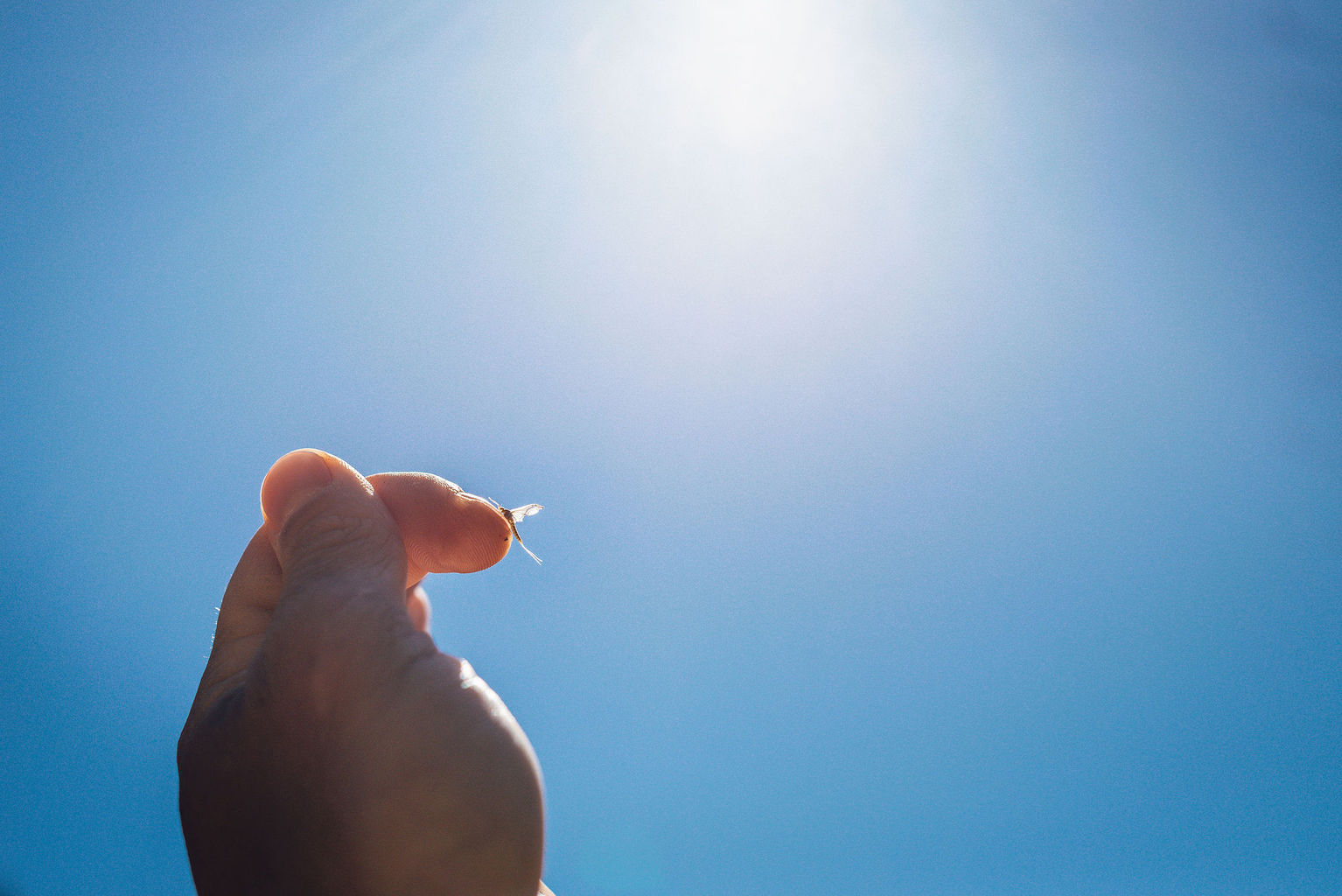Spring Hatches For Trout You Need To Know
While May is usually known as the best month for hatches in the Eastern U.S., March and early April can be a great time to get out and enjoy some early season dry fly action!
Trout aren’t terribly unlike us in that they can be lethargic in the cold. The chilly winter months mean fish are hunkered down on the bottom and anglers are typically stuck dredging nymph rigs to try to catch them. While that can certainly still be the case in March, there is a very real opportunity to throw some dries and entice a few fish to the surface. Hatches may be more prolific and diverse here in the coming months, but there are a few bug events anglers are going to want to key in on here with the first signs of spring!

Little Black Stonefly
This is always the first sign that spring is actually here to stay! These little stoneflies emerge in the dead of winter from January into mid-spring. There still might be snow on the ground, but the little black stonefly’s emergence means that warmer days are ahead and trout feed hungrily on these protein-rich morsels. While we typically think of stoneflies as big, long insects, these ones actually live up to their name of being on the smaller end. Sizes #14 and #16 might not seem very small, but they are when we’re talking stoneflies, and that’s the sweet spot for anglers trying to match the nymph stage. Another good bet to match this early season hatch is a black stimulator or chubby chernobyl, should the fish be feeding on the surface.

Caddis
Is any list of hatches truly complete without the caddis? As one of the most widespread insects to inhabit trout streams, it’s clear that anglers should constantly be ready with several different caddis patterns. The Mother’s Day caddis (Grannom’s) hatch garners the most notoriety, but these bugs will start popping up in late March and continue through April, gaining steam as the month continues. Caddis are a big-time hatch in many parts of the country which means from March through May if you see trout feeding and bugs coming off, there’s a good chance caddis are the flavor of the day!

BWO (Blue Winged Olives)
This is the marquee mayfly hatch of the spring, and it dominates the trout’s attention for the better part of two months. It isn’t really until the sulphurs get rolling that the BWO gets pushed aside, which makes it a very worthy addition to this list. The prevalence of this hatch is also noteworthy. BWO’s can be counted on from the Northeast to the Rockies, and many dry fly anglers find their first action of the season casting parachute BWO’s to rising trout in the early spring months.

Sulphurs
Sulphurs are a major hatch here in the North Eastern states that typically take place from May and into late June. Notorious for dense hatches during the afternoon and into the evenings, these are one spring hatch you don’t want to miss. The sulphur mayflies can be found in may colors from a light yellow to a dark mustard color.

Hendrickson (Red Quill)
These 3-tailed mayflies can be seen hatching as early as the beginning of April and go until mid-May. To much of the United States, Hendricksons will be the first significant Mayfly hatch of the season. Hendrickson mayflies emerge in faster water and float for quite a while until their wings dry enough for flight. A simple Adams or Adams Parachute is enough to get by for Hendricksons.

March Brown
These larger mayflies can be seen hatching as early as February and go through early April. They are most notable in Pennsylvania on the famous Penns Creek and the surrounding areas. You’ll start to see March Brown mayflies hatch when water temperatures start to reach 42 degrees Fahrenheit for several consecutive days. A size #12 and #14 Adams or Adams Parachute is enough to get by for imitating March Browns.
There’s something truly magical about watching a trout inhale a fly off the surface. It’s an experience that anglers don’t soon forget and it makes many want to ditch the nymph box altogether! Fly selection is critical, however, and knowing what hatches are occurring and what flies to use for them is paramount for success. These bugs are some of the most reliable, and their appearance in spring marks the beginning of some outstanding dry fly action that is just going to keep getting better over the next few months!
Fly Fishing Made Easy 👍
Our Quarterly Fly Club ships 1,000’s of flies to anglers all across the United States. Receive curated fly assortments selected for the season with in-depth articles on how to fish them. Great for beginners to learn and for intermediates to discover new flies.














